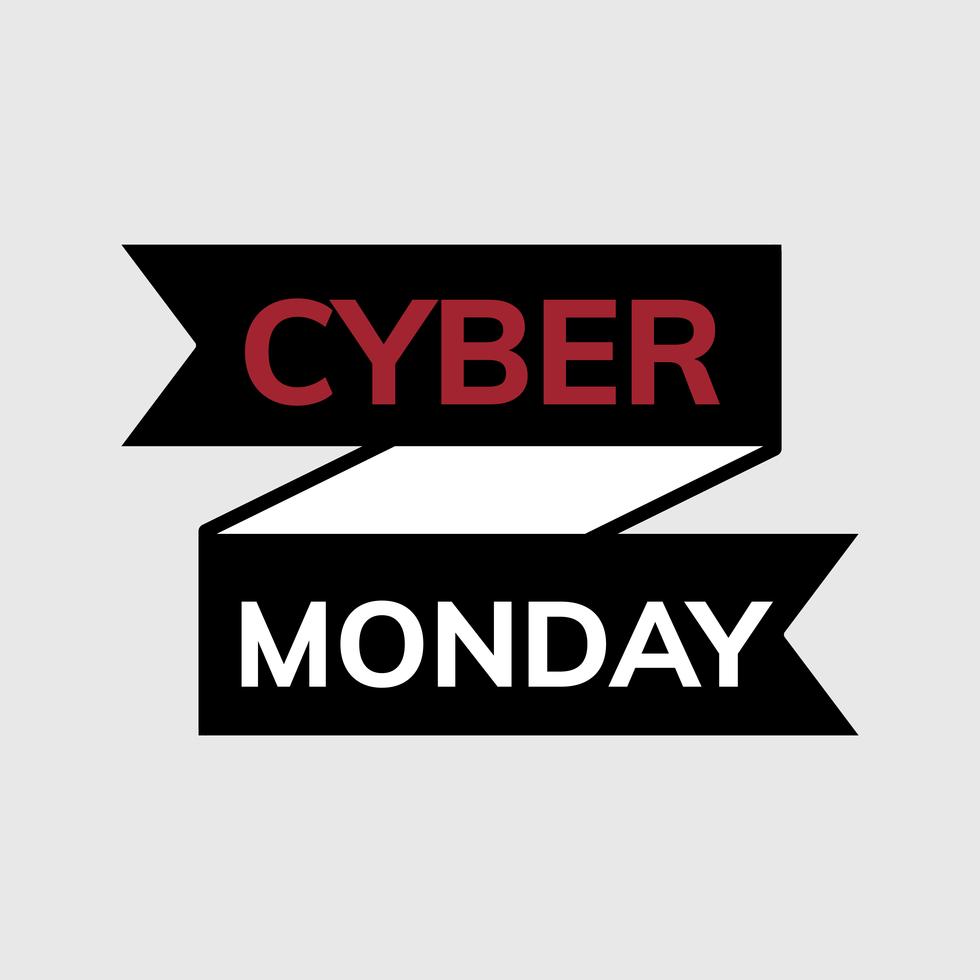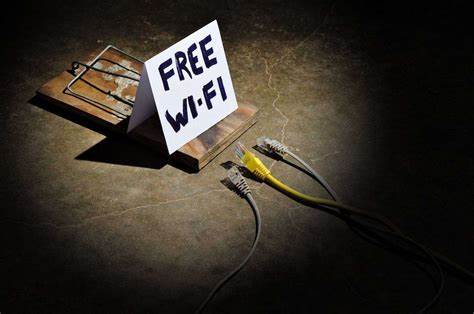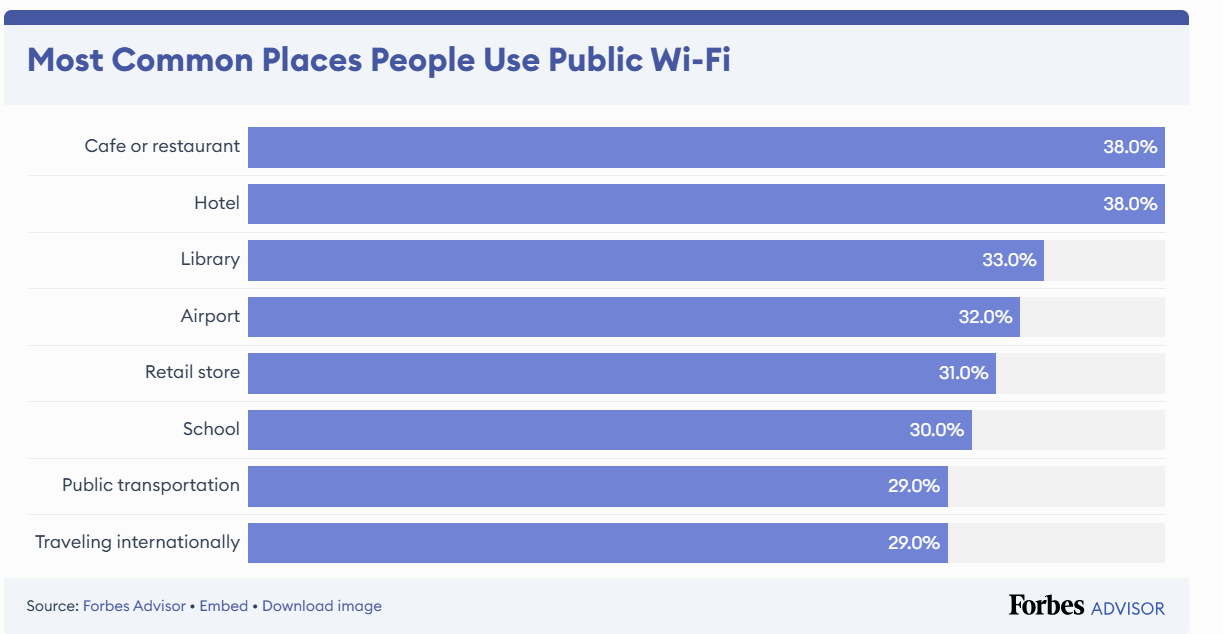Danger of Free Public Wi-Fi
 Maxwell Antwi Bosiako
Maxwell Antwi Bosiako
Free public Wi-Fi has become an integral part of our daily lives, providing convenient access to the internet in various public spaces. While it offers the ability to stay connected, it also poses significant security risks. Understanding these dangers, especially in common locations where people typically connect, is essential for safeguarding personal information.
Common Places to Spot Free Wi-Fi
According to Forb Advisor, nearly a third of respondents to it’s survey use public Wi-Fi in the airport, which can be a vulnerable time for travelers who may be accessing sensitive information such as flight itineraries or passport numbers. Retail stores (31%) and schools (30%) also made the list, showing that people are increasingly relying on public Wi-Fi in a variety of settings.

Types of Attacks on Public Wi-Fi
Public Wi-Fi is often open and unsecured, meaning anyone can connect without a password. This lack of security makes it easier for hackers to set up fake networks or intercept communications, putting your sensitive information at risk
- Man in The Middle Attack
In a MitM attack, a hacker intercepts communications between a user and the network. This allows them to eavesdrop on data exchanges, capturing sensitive information such as login credentials and financial details. For instance, if you log into your bank account over a public network, a hacker could potentially see your username and password.
- Evil Twin Attack
An Evil Twin attack involves setting up a rogue Wi-Fi hotspot that mimics a legitimate network. Unsuspecting users may connect to this fake network, thinking it's safe. Once connected, attackers can monitor all internet traffic and steal personal information. This tactic is particularly effective in crowded areas like cafes or airports where multiple networks are available.
- Packet Sniffing
Packet sniffing allows cybercriminals to capture data packets transmitted over an unsecured network. Using specialized software, they can intercept unencrypted communications, gaining access to sensitive information such as emails and passwords. This method can be executed without the victim's knowledge, making it a stealthy but effective attack.
How to Protect Yourself
To minimize the risks associated with using free public Wi-Fi, consider these protective measures:
Use a VPN: A Virtual Private Network (VPN) encrypts your internet connection, making it much harder for hackers to intercept your data even if they manage to position themselves in the middle of your connection23.
Turn Off Sharing: Disable file sharing and other sharing settings on your device when connected to public networks. This reduces exposure and potential vulnerabilities2.
Avoid Sensitive Transactions: Refrain from accessing sensitive information or conducting financial transactions while on public Wi-Fi networks.
Check Network Security: Before connecting, verify the security settings of the network. Look for encrypted connections (indicated by a padlock symbol) and avoid open networks whenever possible3.
Keep Software Updated: Regularly update your operating system and applications to protect against vulnerabilities that hackers may exploit.
Log Out of Accounts: Always log out of accounts when finished using them on public networks to prevent unauthorized access.
By understanding the dangers associated with free public Wi-Fi and taking appropriate precautions, you can enjoy the convenience of these networks while keeping your personal information safe from cyber threats. Stay vigilant and prioritize your cybersecurity!
Subscribe to my newsletter
Read articles from Maxwell Antwi Bosiako directly inside your inbox. Subscribe to the newsletter, and don't miss out.
Written by

Maxwell Antwi Bosiako
Maxwell Antwi Bosiako
I am a cybersecurity enthusiast passionate about protecting digital landscapes. Join me as I explore and share the latest in cybersecurity news, trends, and educational content to help you stay informed and secure in the digital world.